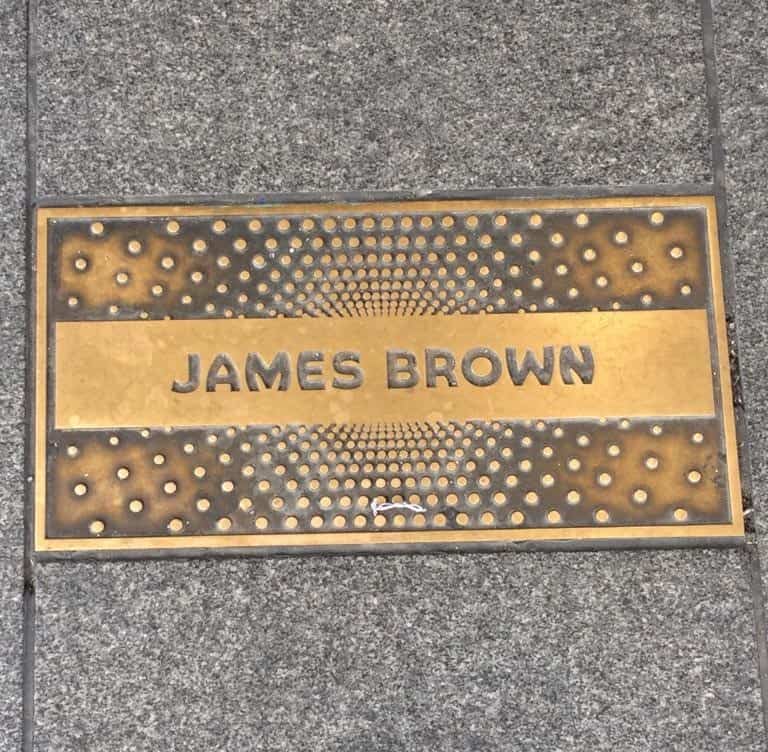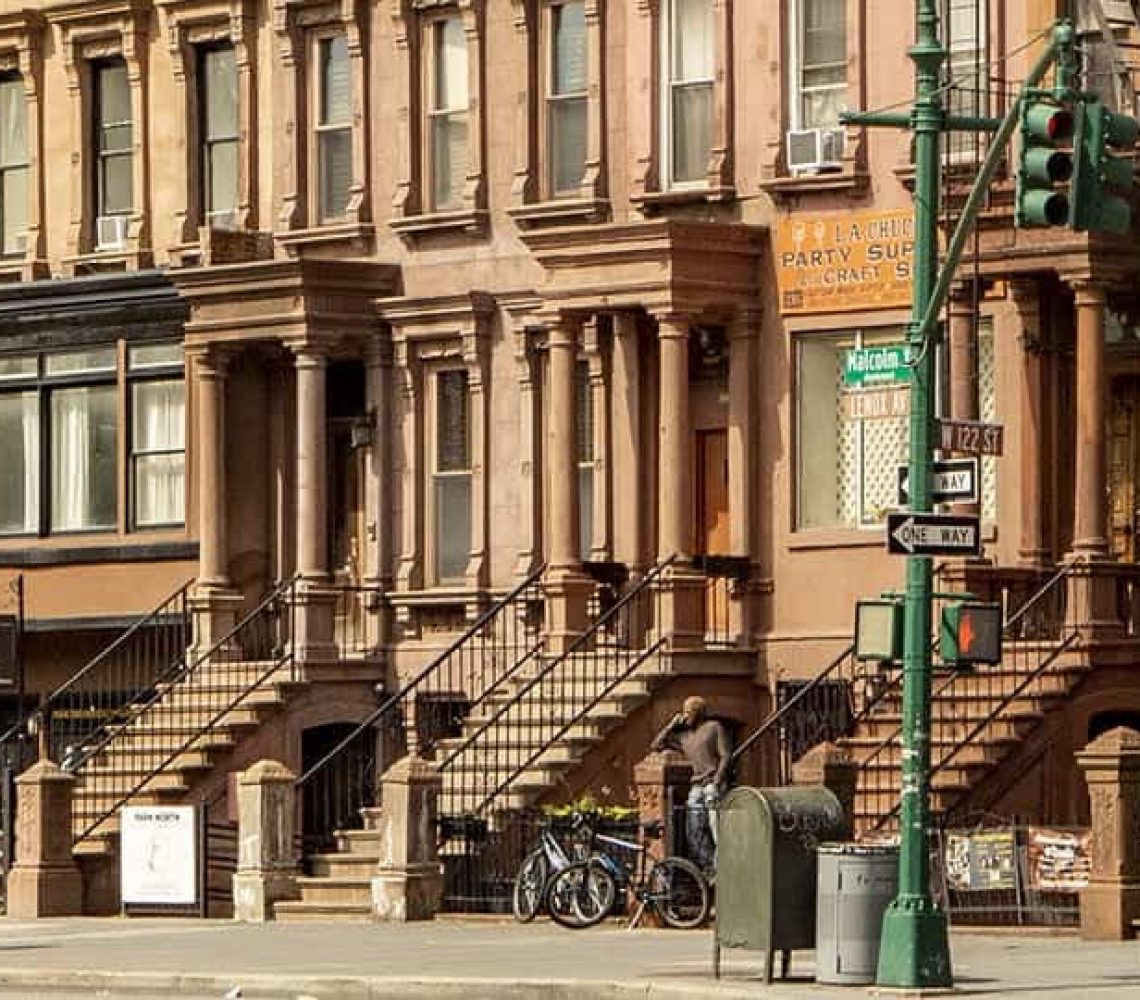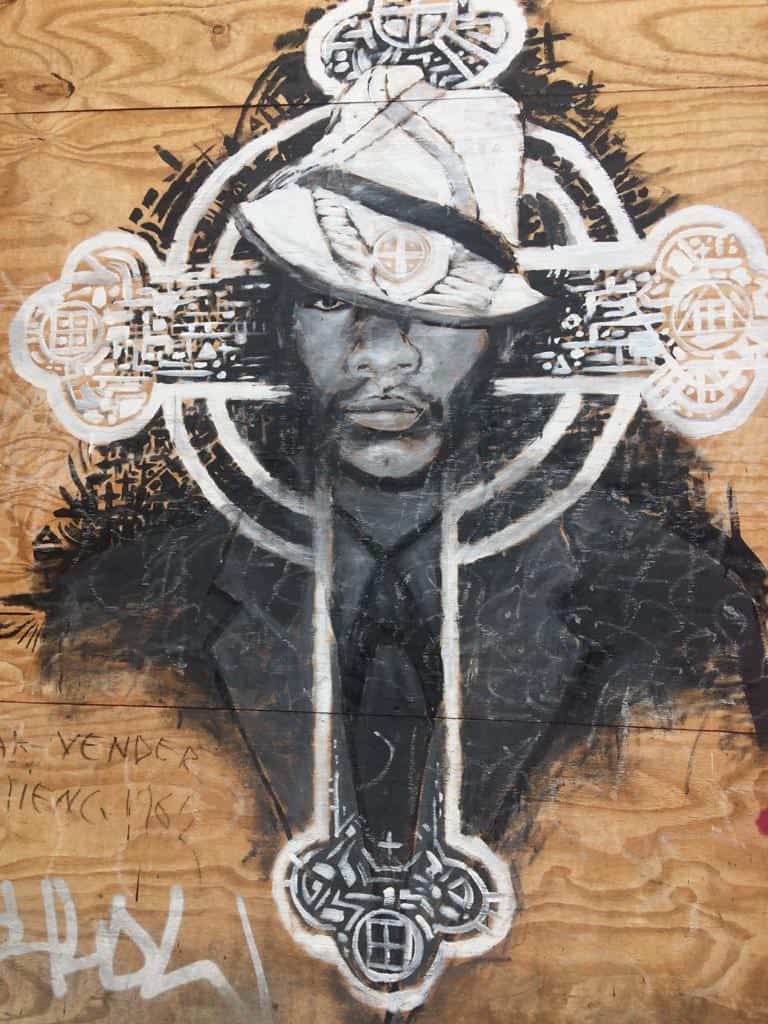
Five of us set off on the underground from the financial part of Manhattan to Harlem, upper Manhattan on the straight-line tube ride to 110th street Cathedral Parkway. I’m not sure what your thoughts would be on contemplating your first trip to Harlem but mine turn out to be in a mega time warp. Firstly, I would not consider visiting without someone who knew the area and who could act as my bodyguard. I assume it’s a high-crime area, with a major poverty issue. Since I started listening to soul and blues music, I have always assumed Harlem was a key driver of black-inspired music, another reason why I wanted to visit this city.
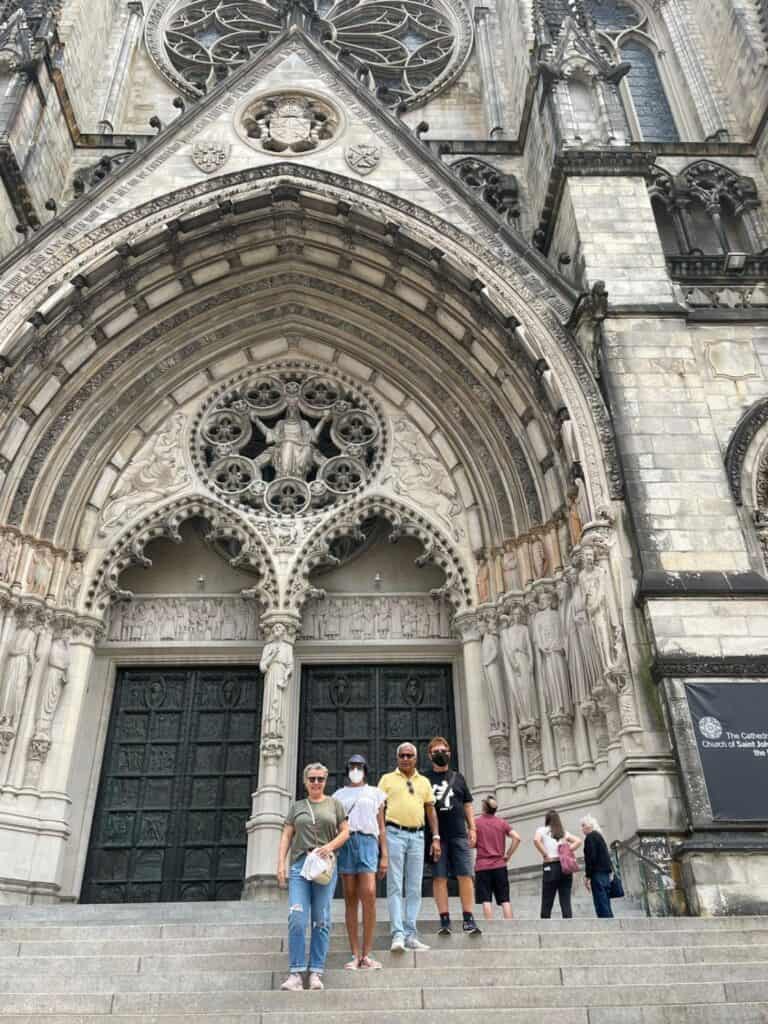
After a short walk from the tube station, we climb through an affluent-looking area, trying to find how we enter the largest cathedral in the USA, that of the church of Saint John the Divine built in 1899. It’s a towering building with big but bland spaces. There is a 5$ entry fee and straight away I notice that in this massive area there are no seats. On the sidewalls, there are interesting tributes, eg to firefighters who died in the 1960s. There are also mini-inner chapels and some strange art, a string of modern figures on one of the massive eaves, one tomb and lots of nooks and crannies and memorials and plaques to people. Ironically this Cathedral has not been finished and it’s a strange mix of mainly modern interior and historic exterior.
We walk through the grounds of Columbia University, founded in 1754 under a charter from King George of England. This University is rated third in the USA but has double the faculties of Harvard they say it can host over 33000 students annually in some great buildings across 299 acres. Many students dream of getting scholarships that will lead to amazing career opportunities across a large range of professions. I’m sure I could spend hours here given a guide or perhaps someone linked to the university.
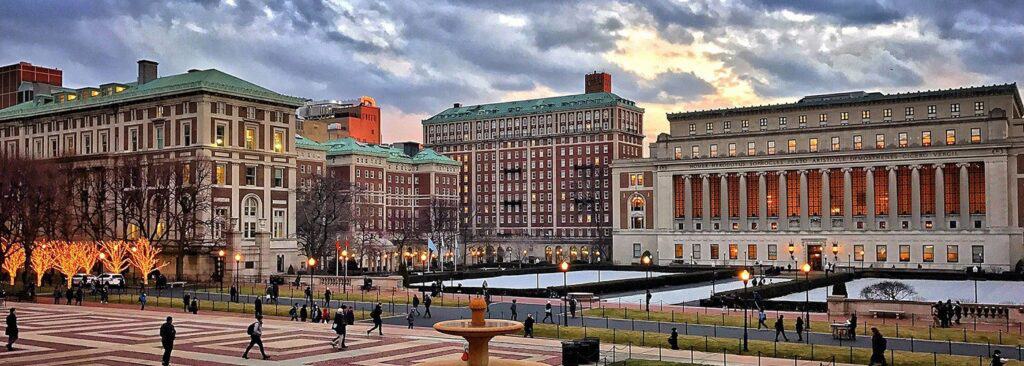
The history of the area goes back to the Manhattans, the native tribe that lived in the area. Upper Manhattan then became a Dutch village in the mid-1660s, and then the British took over, who tried to name the place Lancaster. I always think of those towns and cities back in the UK when I travel around the countries of the previous British Empire and see places like York, Newark, Reading, etc. The area became an elegant place to live. The Jewish then became a big influence followed by the Italians. This area has gone from boom to bust in cycles. In the early 1900s, only ten percent of the local population were black. By 1920 the black community started increasing, so the whites started to move out. By the 1930’s the black African community represented seventy percent of the population. Today it’s less than fifty percent.
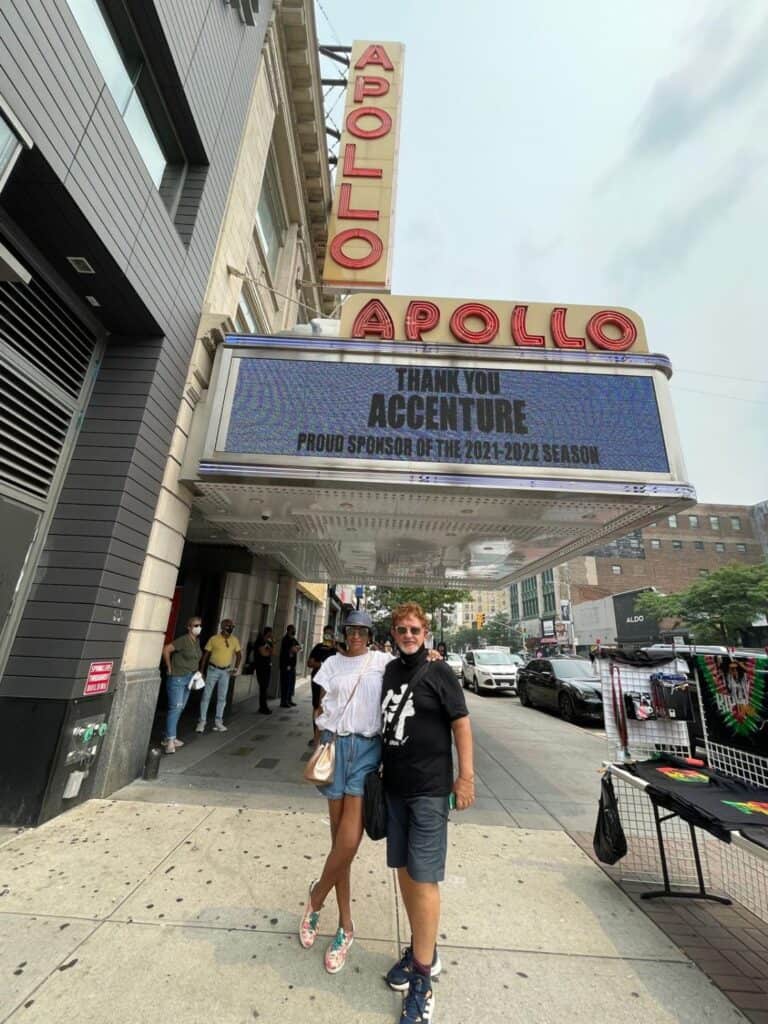
We come down the hill to the center of Harlem. This is one of the most densely populated areas in Manhattan. The tower blocks are high and close to each other. There is a hustle on the streets, with vendors and the odd beggar. People are going about their business. I sense I am in a different world to the hilltop I’ve just come from. Trying to track down the first goal, our friend and guide Faraz asks a few people for directions. Most of them are so helpful and willing to direct us, perhaps it’s an American trait. We reach the Apollo Theatre on 125th street with its origins in the 1930s, it was previously the old Savoy ballroom. This part of Harlem had speakeasies, taverns, bars, lounge cafes, etc. There were jazz joints and cabarets, even during prohibition. The Cotton Club was here, and Duke Ellington would be playing, later Ella Fitzgerald and Ray Charles, Sam Cooke, Otis Redding, Aretha Franklyn. All the black greats would play at the Apollo and even some whites have been proud to be on the stage. Outside of the theatre today the pavement has its hall of fame with numerous artists who have played at the location. Their names are recorded on brass plaques on the pavement. There is a lookalike overweight Elvis with a guitar strutting up and down the pavement outside.
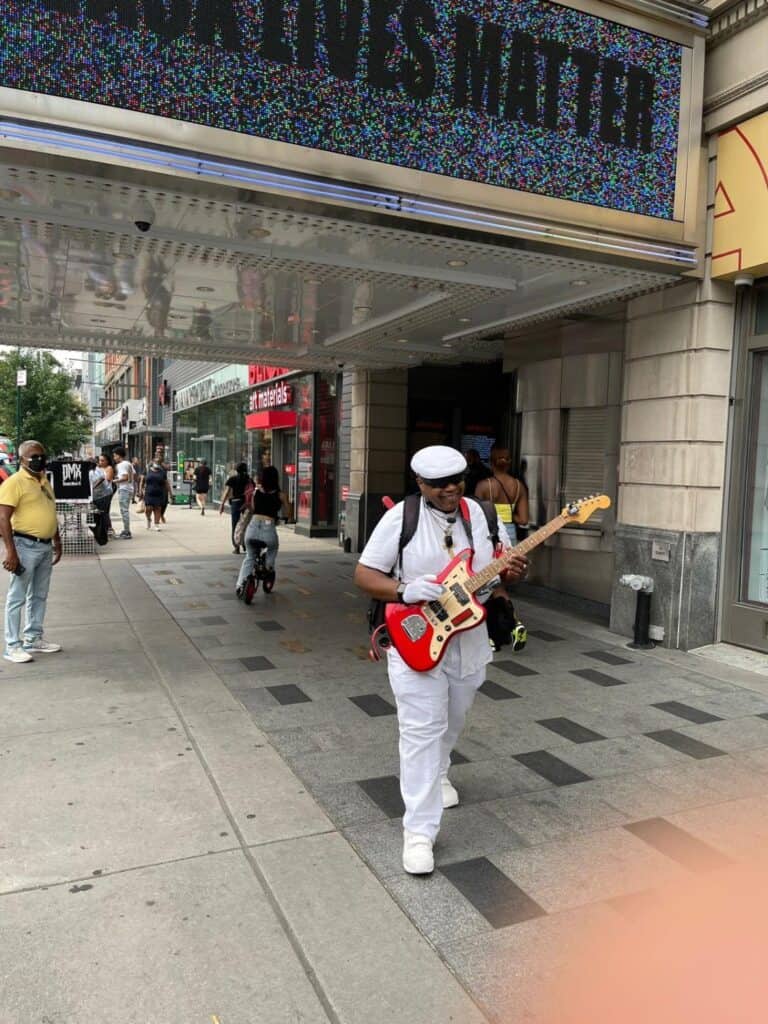
The music scene was so big, it’s not like it used to be but interestingly music venues are decreasing and church numbers are growing. There are now over 400 churches in the area. Time has permitted me to visit only one.
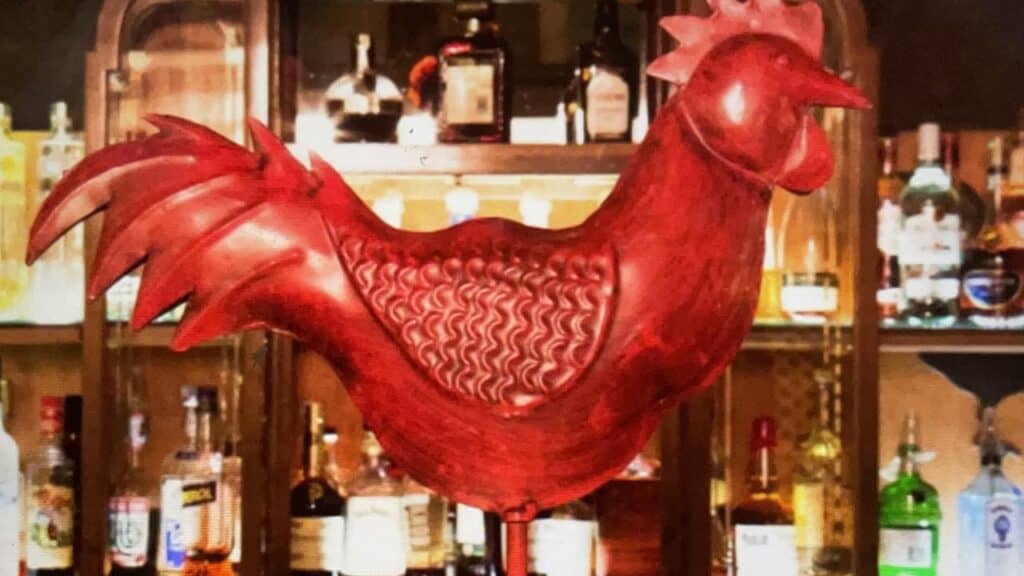
The next stop is the food stop. There are said to be two important not-to-be-missed food options in Harlem – the Red Rooster and Sylvias. We are recommended to try the Red Rooster first, named after a 1920s speakeasy joint in Harlem this is a cluttered restaurant with loads of memorabilia and funky artwork. Great cuisine celebrating the roots of America and the diverse culinary traditions of the neighbourhood. It’s the first time I’ve had spicy chicken and grits. As we want to see how the number two place stacks up, we go to Sylvias. They are not so welcoming; they say they are short of staff and the place is a bit dark and traditional.
I come away from Harlem realizing that my view decades ago of a place I had never visited had changed and was very different. The music scene in Harlem today is in a mild renaissance period with jazz and traditional music. Now the soul has gone, so have the blues gone for Harlem?
